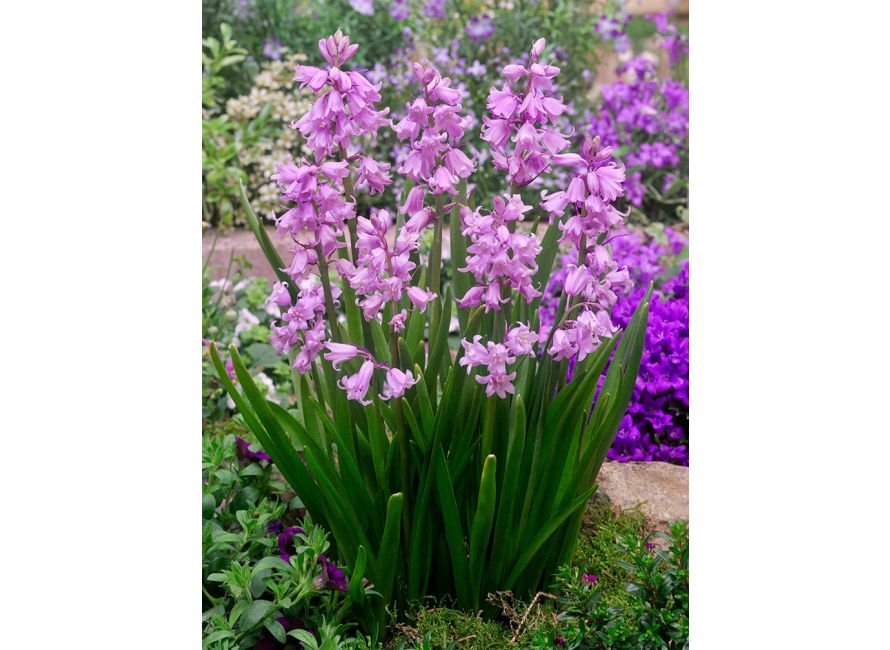Bluebells - Hyacinthoides pink hispanica
As low as
£6.16
Hyacinthoides pink hispanica
| Description |
The Hyacinthoides hispanica are also known as 'wood hyacinths' or 'Spanish hyacinths'. Excellent for naturalising, also as undergrowth under trees in the shade. This selection of the real Spanish common bluebell gets many lilac pink, bell-shaped flowers per stem. Attractive for bees and a good garden plant. Comes into its own when planted in groups. The flowers are lightly scented. Please note: This plant is listed on Schedule 9 of the UK Wildlife & Countryside Act as an invasive non-native species. Although not banned from sale, it is an offence to plant or cause these to grow in the wild in NORTHERN IRELAND and the REPUBLIC OF IRELAND. Gardeners possessing them should undertake measures to control them. In other countries, this does not apply. |
|---|---|
| Type | various |
| Colour | pink |
| Mature plant height | 25-40 cm |
| Flowering time | May |
| Genus | Bluebells |
| Season | V |
Write Your Own Review

